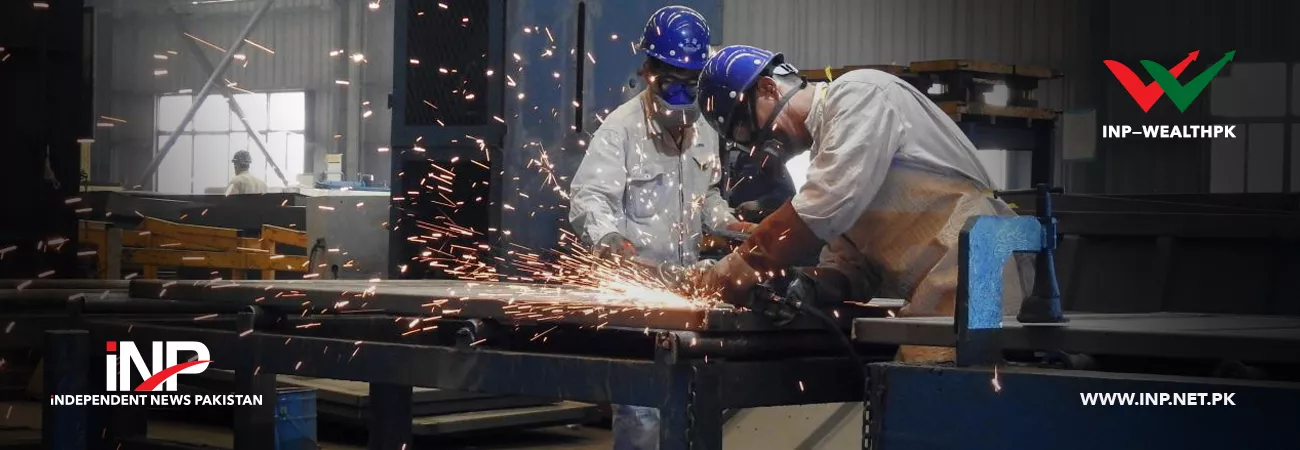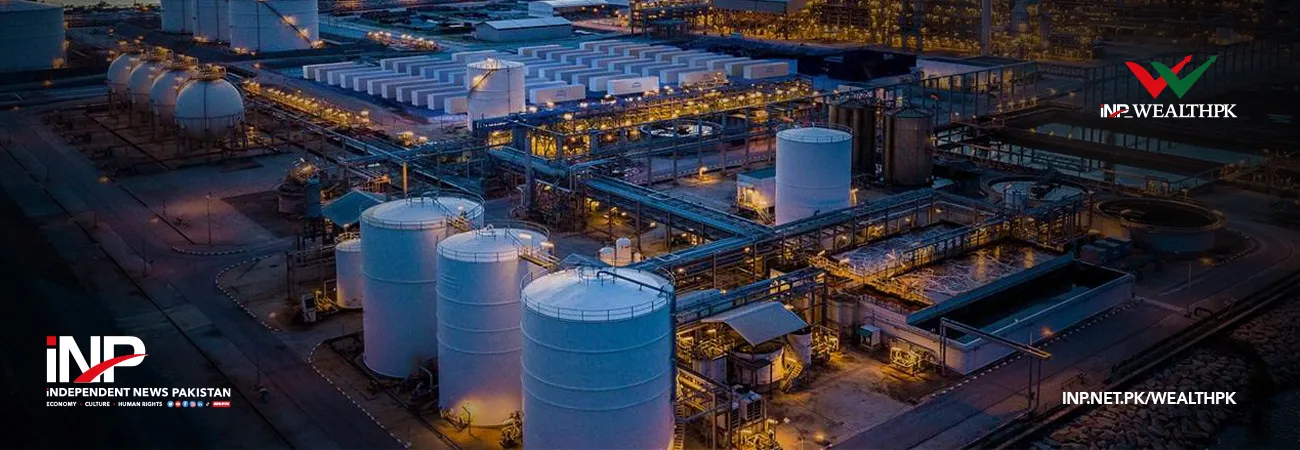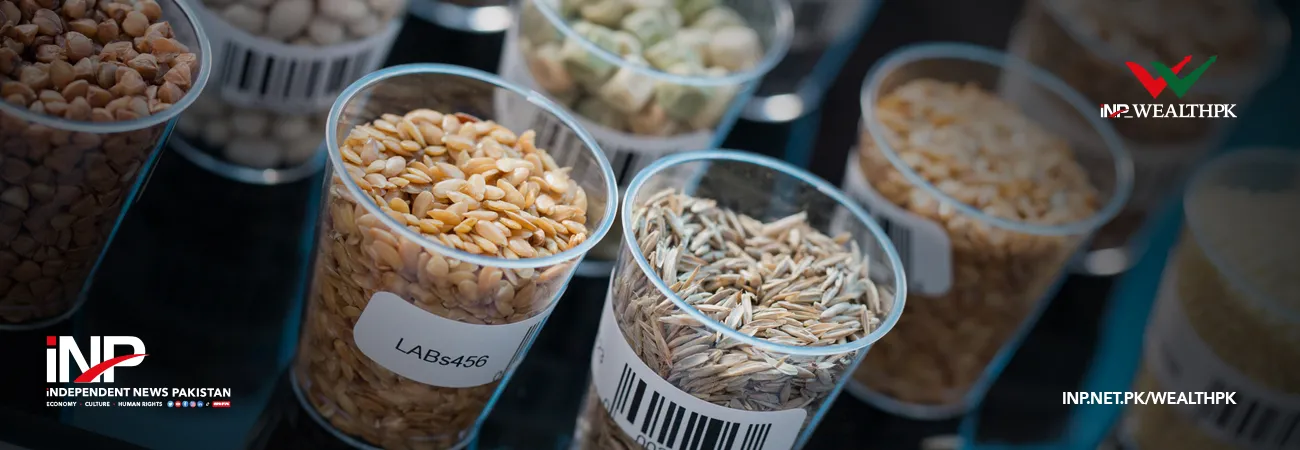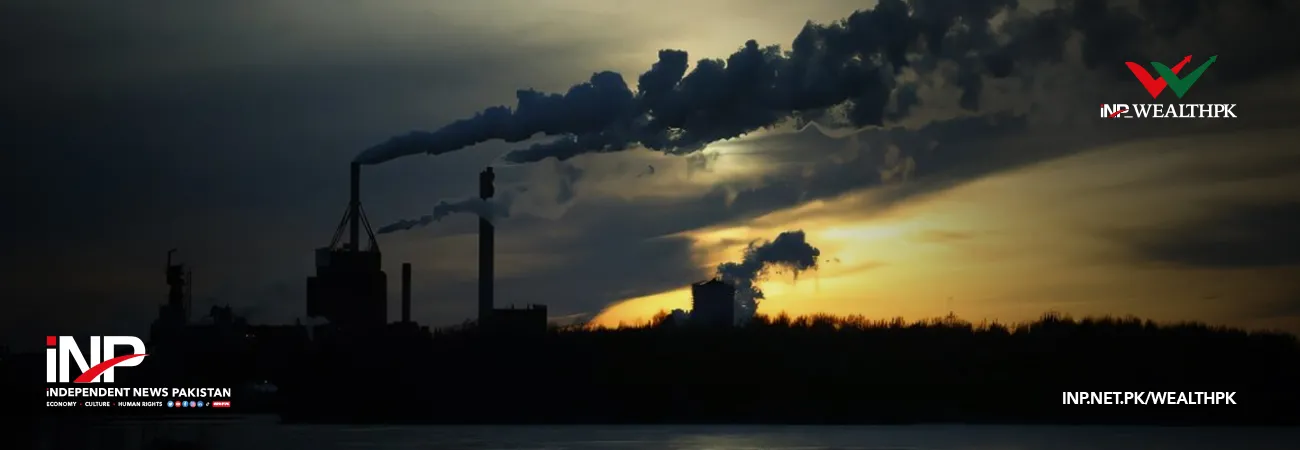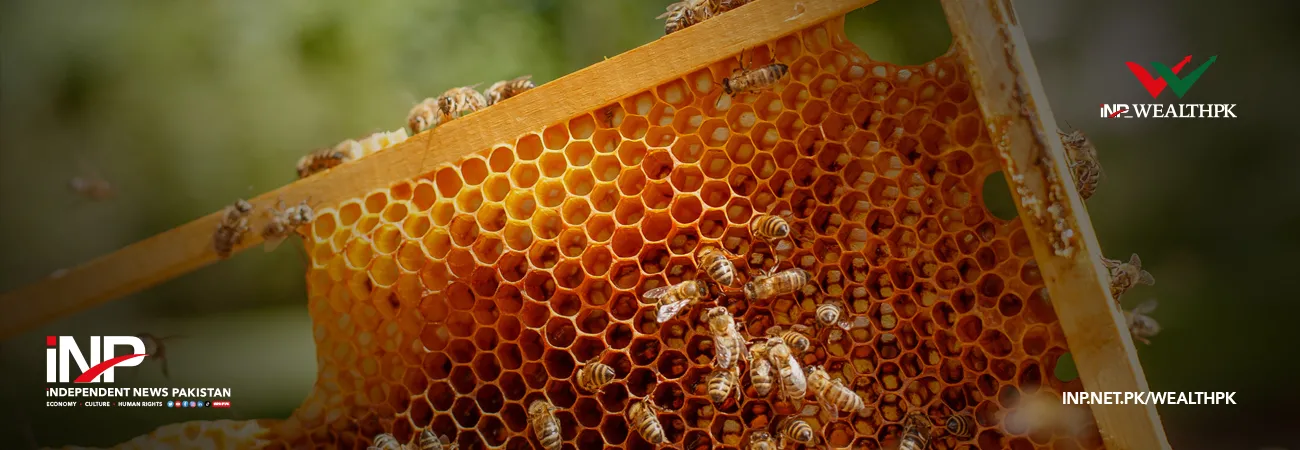INP-WealthPk
Ayesha Saba
China has been instrumental in boosting and exploring investment opportunities in Pakistan’s manufacturing sector, reports WealthPK.
Pakistan's annual plan (2022-23) states that the CPEC Phase-II will emphasize industrialization and development of Special Economic Zones (SEZs), agricultural modernization, science and technology cooperation, promotion of ICT-enabled environments, establishment of IT and high-technology zones, and socio-economic development. The CPEC has already been hailed as a game-changer for Pakistan and the region by a number of policymakers and regional experts.
Talking to WealthPK, Executive Director and Head of Policy Division at the CPEC Authority Dr. Liaquat Ali Shah said, “Pakistan’s economy is shifting towards more highly skilled, modern, and productive industries. Today's economy is less agricultural and more urban and service-oriented. Traditional industrial clusters have started exporting new products, while new industries such as information, communications, and technology (ICT) are emerging, but the path is uneven and slow relative to the global norms.”
He said, “slow growth has been due to the lack of a strong foundation in manufacturing with little diffusion of new technologies, firms’ inability to access international best practices, and brain-drain. For Pakistan, the CPEC offers a rare opportunity to address some of the country’s long-standing bottlenecks to sustained economic growth.”
“The Government of Pakistan expects much more from the CPEC construction phase than just an increase in the local labour and materials,” he said.
“By establishing Special Enterprise Zones (SEZs), Pakistan intends to increase domestic industrialization through the CPEC.” he said.
“In Pakistan, the textile sector is the most attractive to Chinese investors because of its extensive potential for growth, particularly in its apparel and manufactured goods segments. Pakistani firms, especially diversified conglomerates, are aggressively seeking access to Chinese finance and technology through joint ventures. Many international brands currently operate in Pakistan and work with the local textile mills such as H&M, Levis’s, Target, Nike, Adidas, Puma, etc.”
“The investors are expected to benefit from the best possible incentives in SEZs, skilled and inexpensive labour, easy availability of raw materials, competitive energy tariffs, low freight costs and preferential access to the European markets,’’ Dr Liaquat said.
He stressed the need for shared prosperity and the launch of maximum joint ventures by both Pakistan and China during the industrial phase of the CPEC to enhance exports from this region.
According to the Economic Survey of Pakistan, large-scale manufacturing (LSM), accounting for 9.2 percent of GDP and 74.3 percent of the sectoral share during FY2022, dominates the overall manufacturing sector, followed by the small-scale manufacturing that accounts for 2.0 percent of the total GDP and 15.9 percent of the sectoral share. The third component – slaughtering – accounts for 1.2 percent of GDP with a 9.7 percent sectoral share.
Textile is the most important manufacturing sector in Pakistan and has the longest production chain, with inherent potential for value addition at each stage of processing, from cotton to ginning, spinning, fabric, dyeing and finishing, made-ups and garments.
This sector contributes nearly one-fourth of the industrial value-added products and provides employment to about 40 percent of the industrial labour force. Barring seasonal and cyclical fluctuations, the textiles products have maintained an average share of about 61.24 percent in the national exports, as per the Pakistan Economic survey 2021-22.
Credit: Independent News Pakistan-WealthPk



